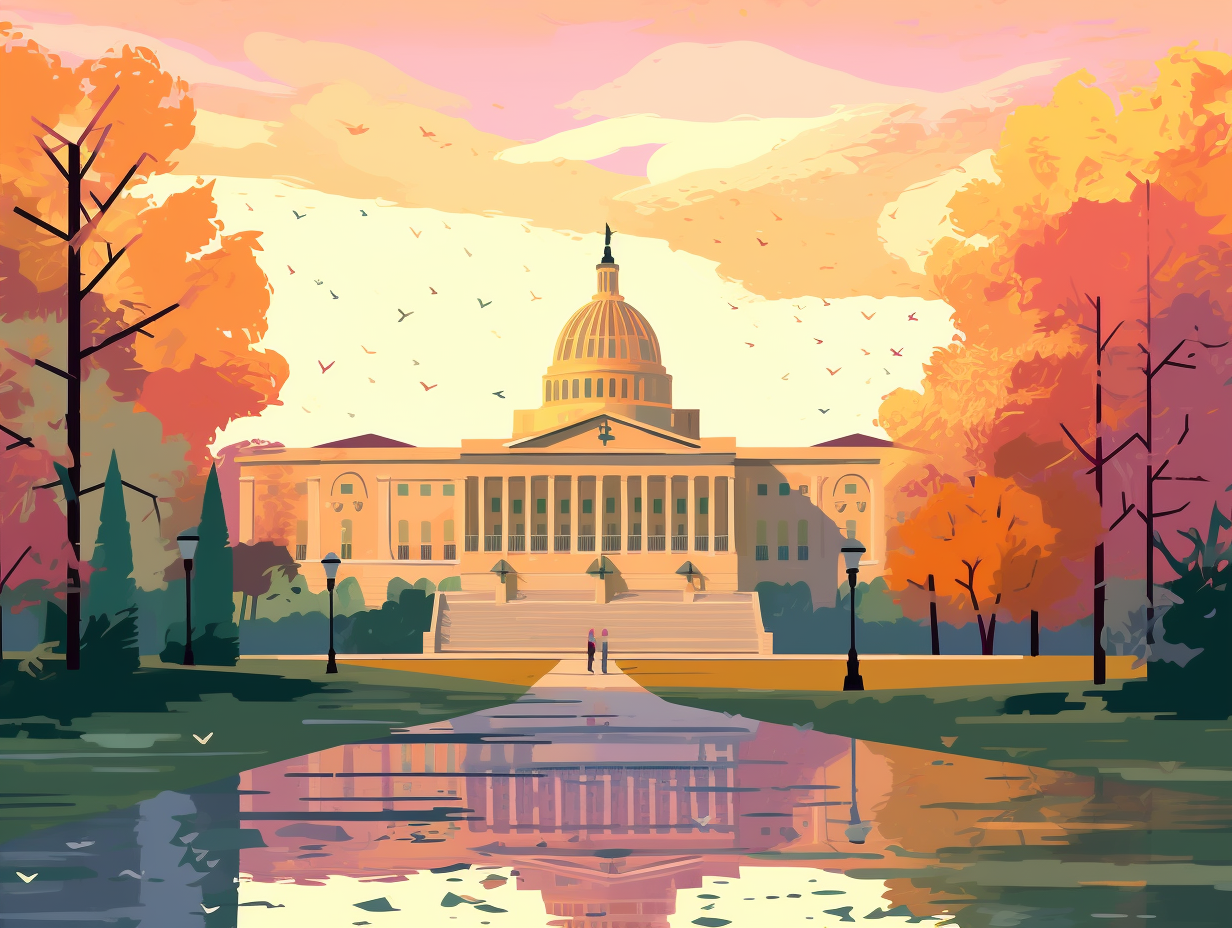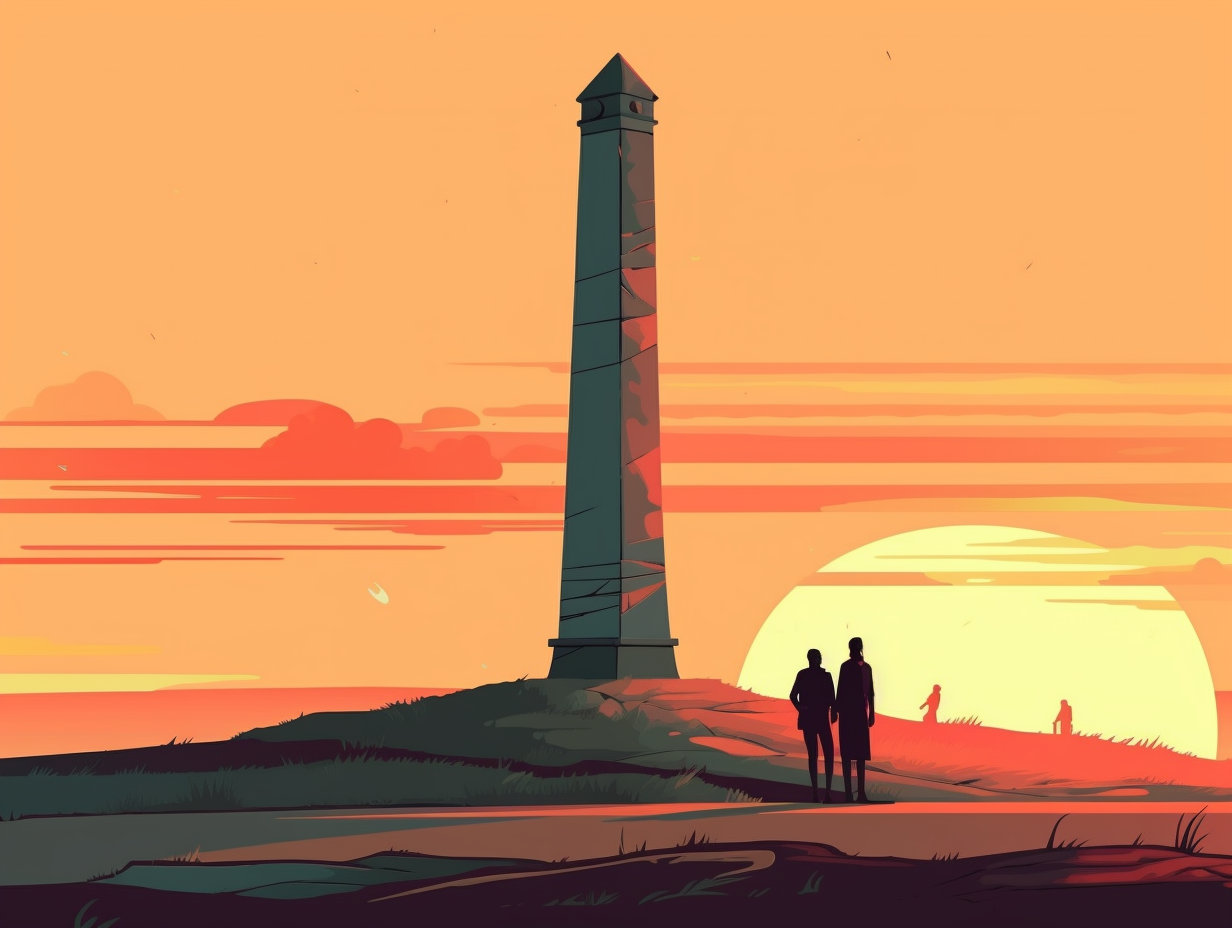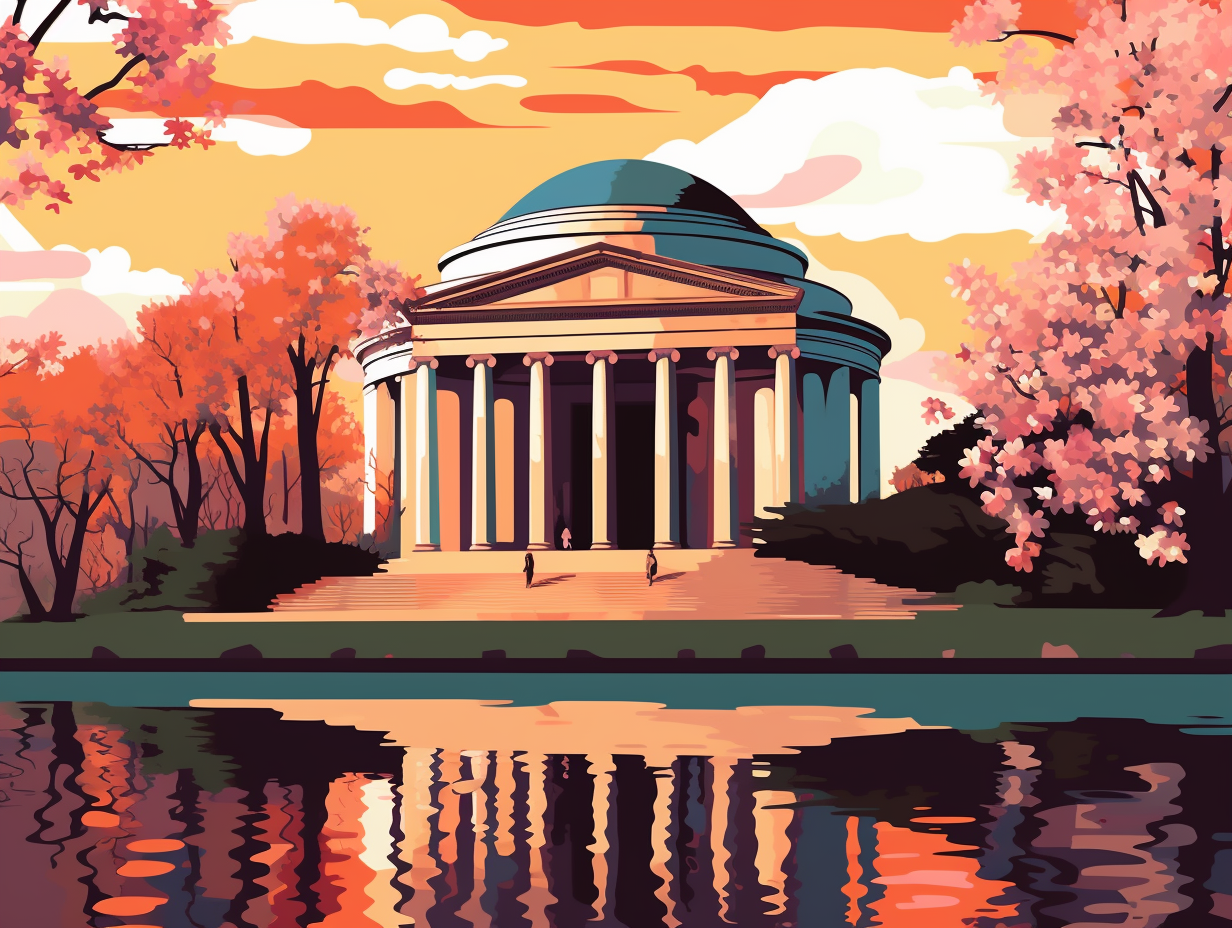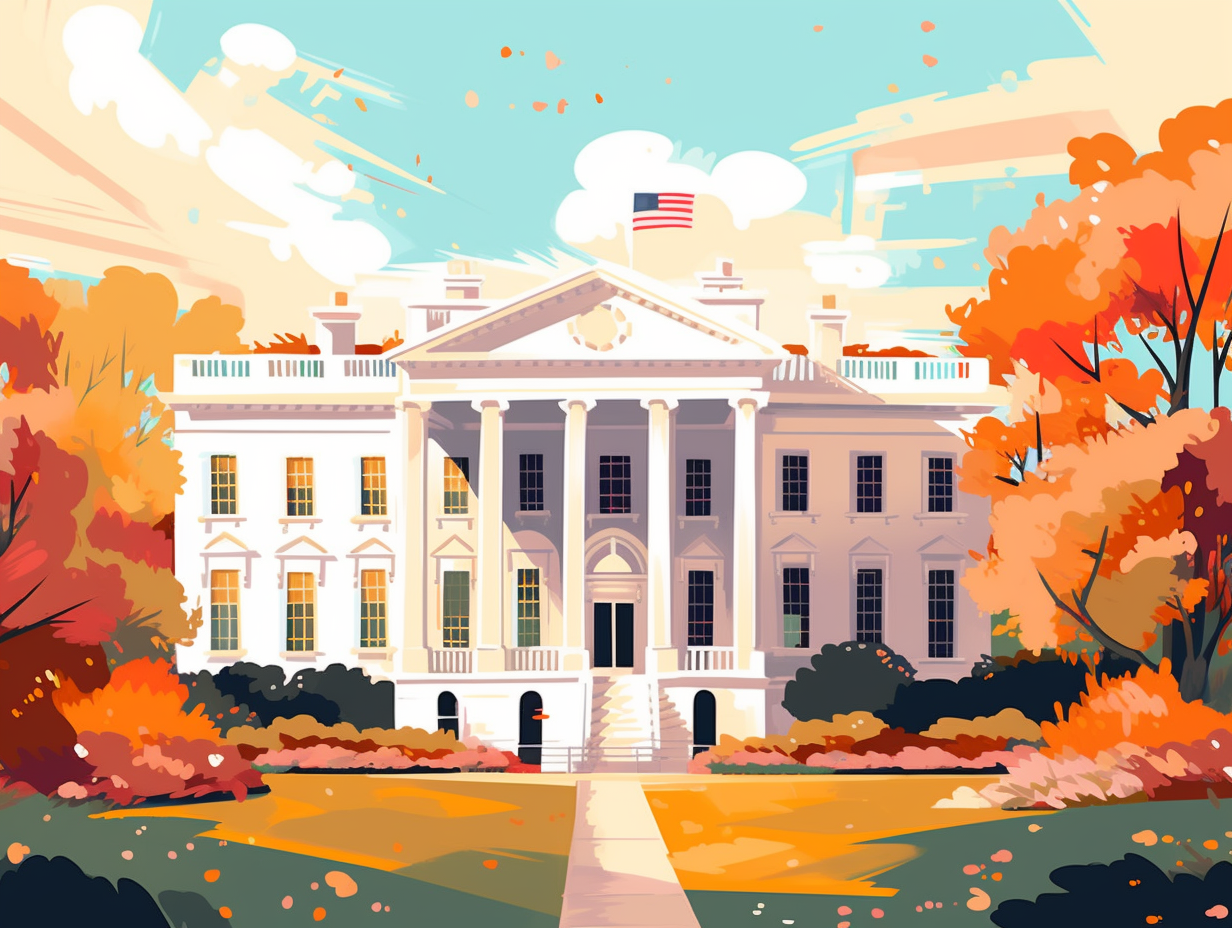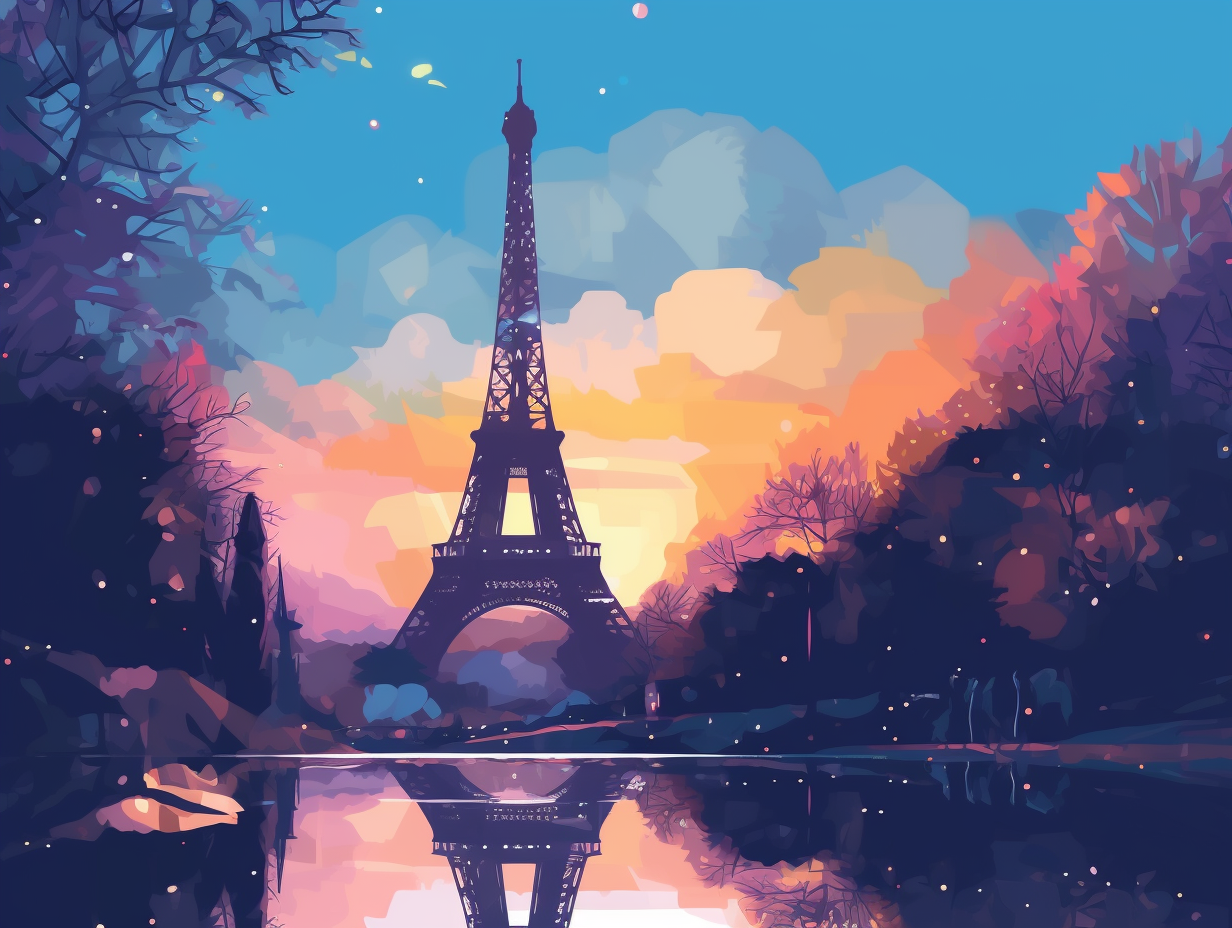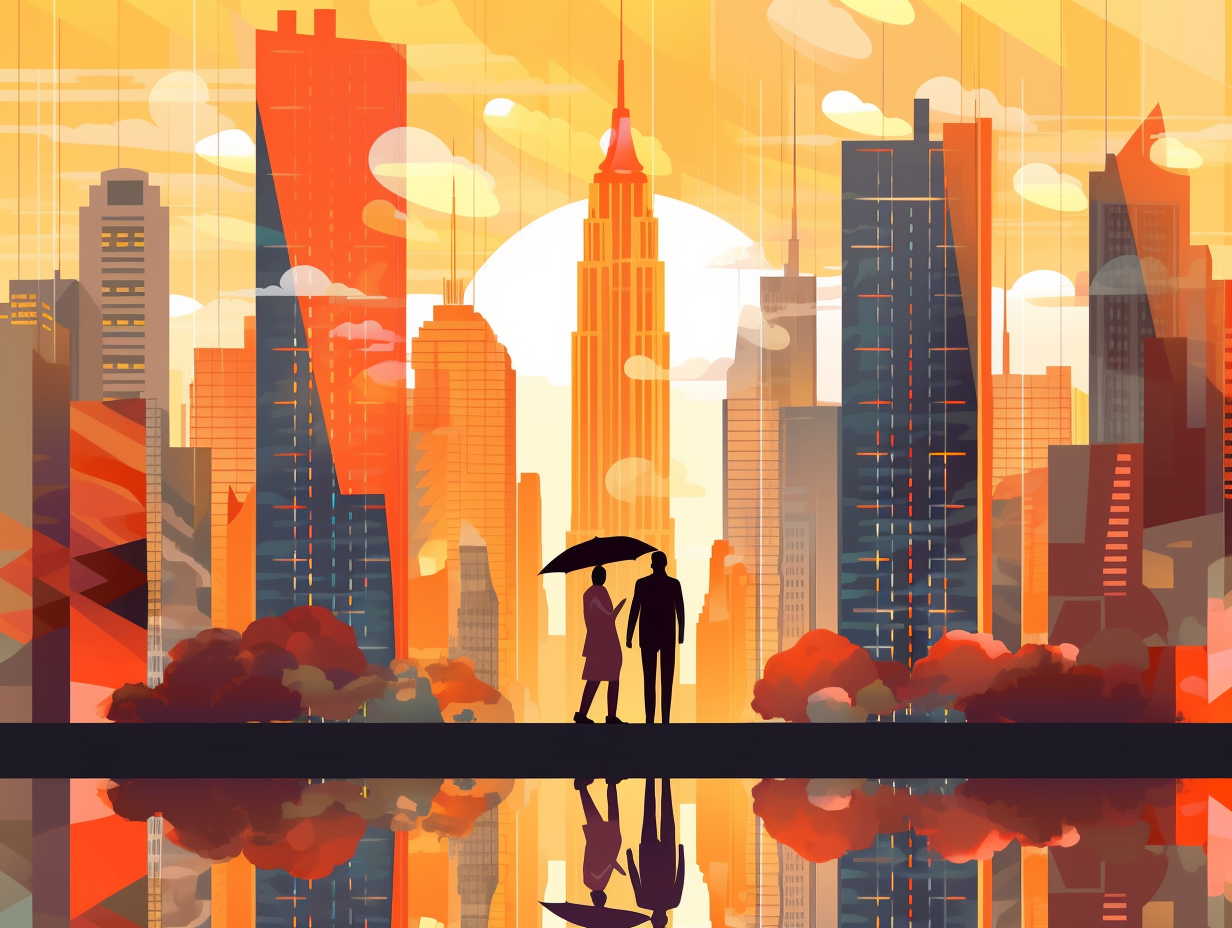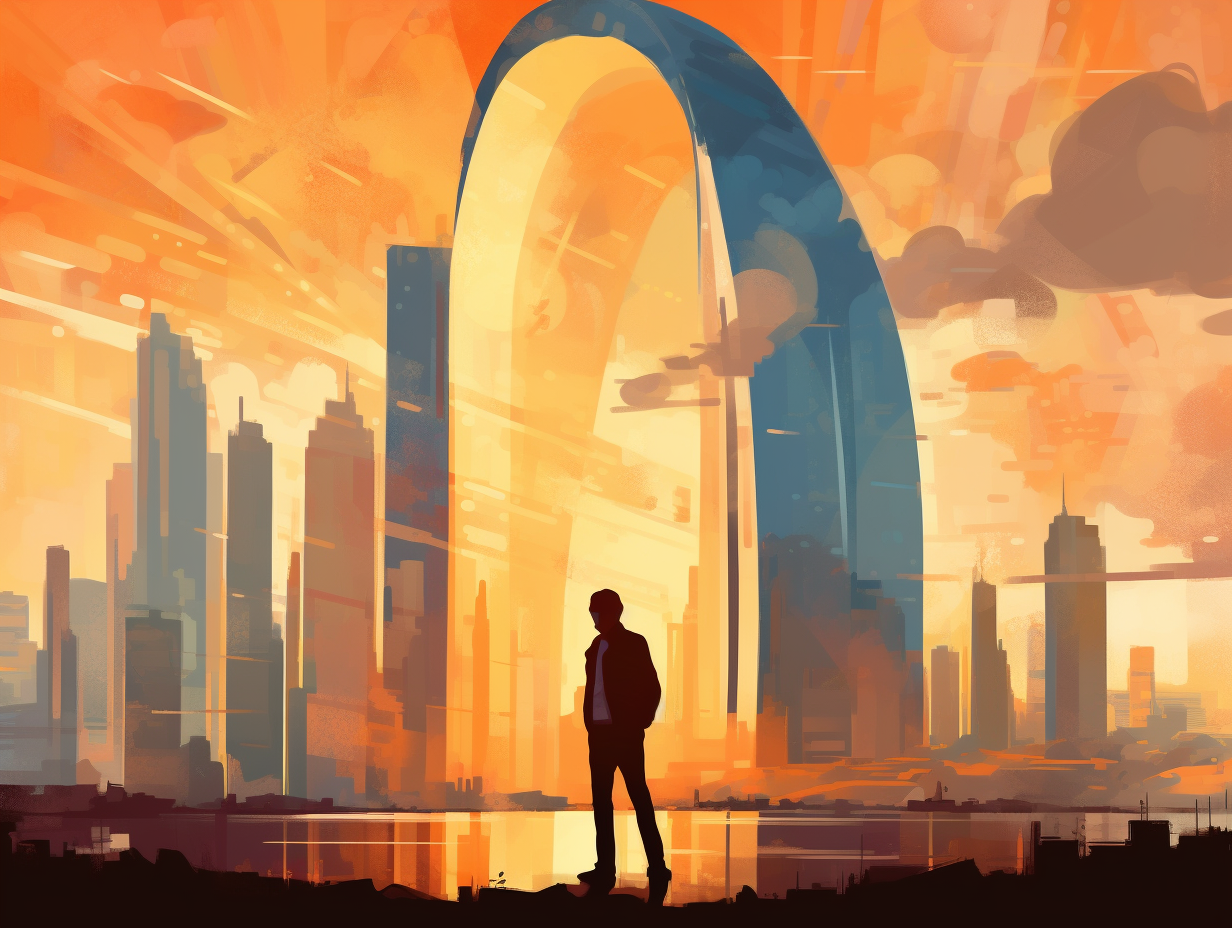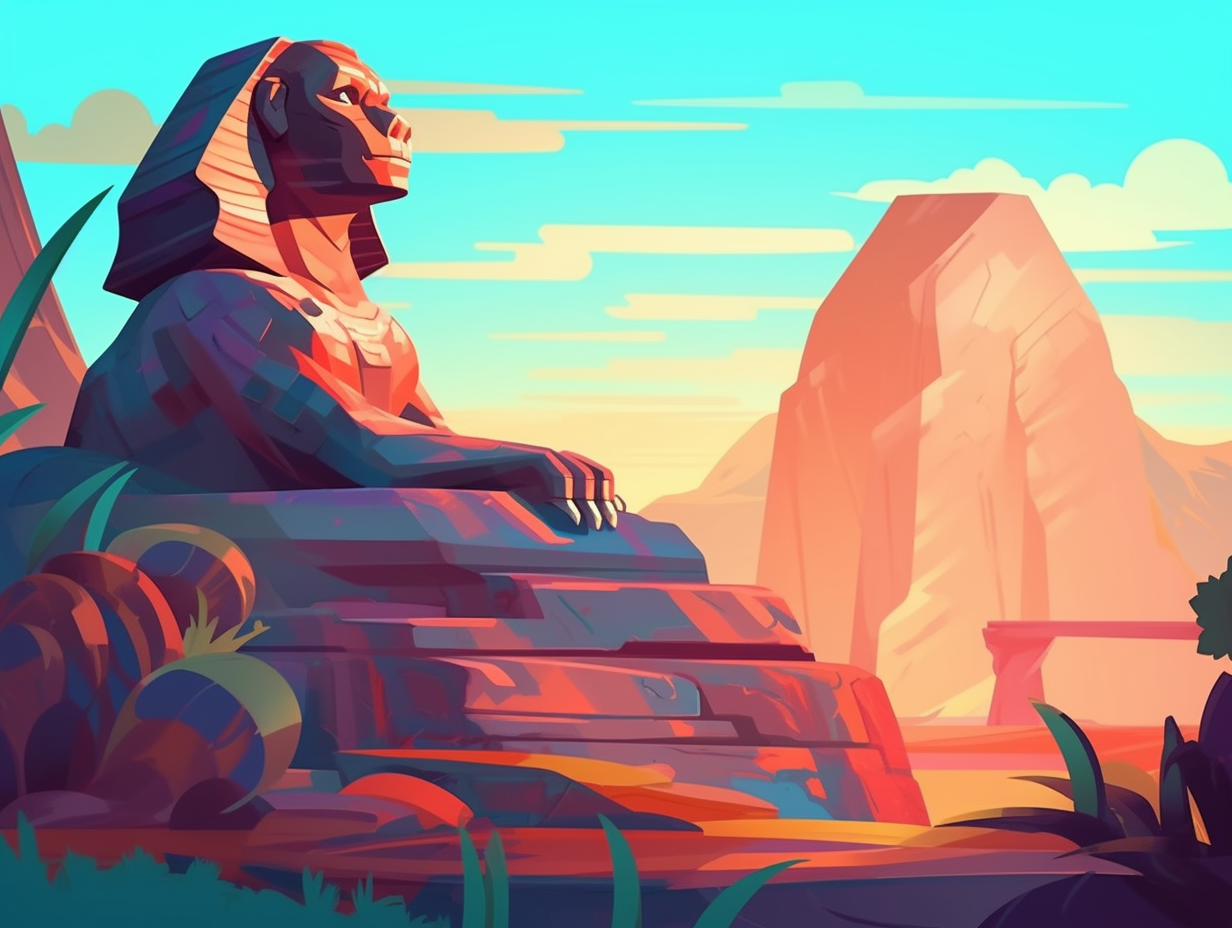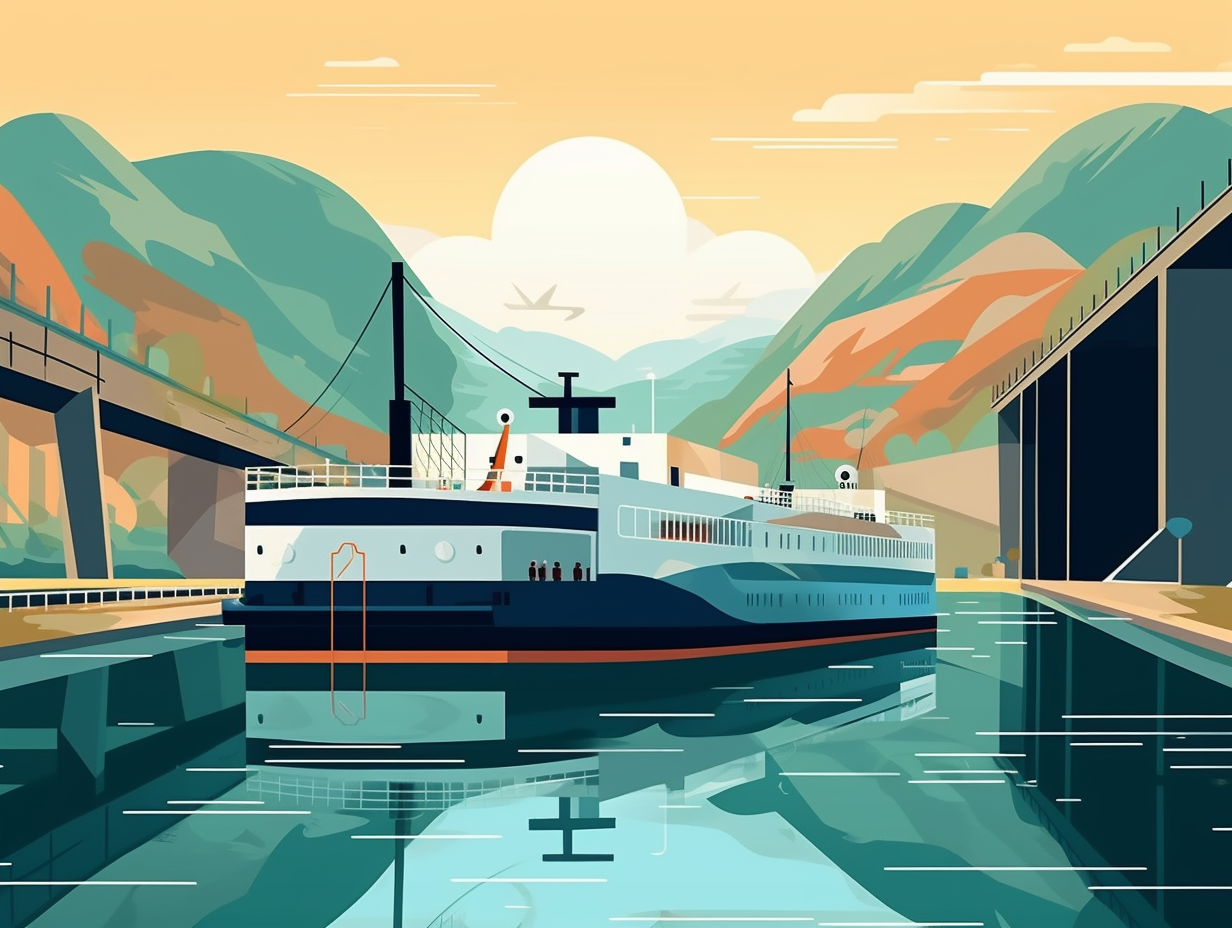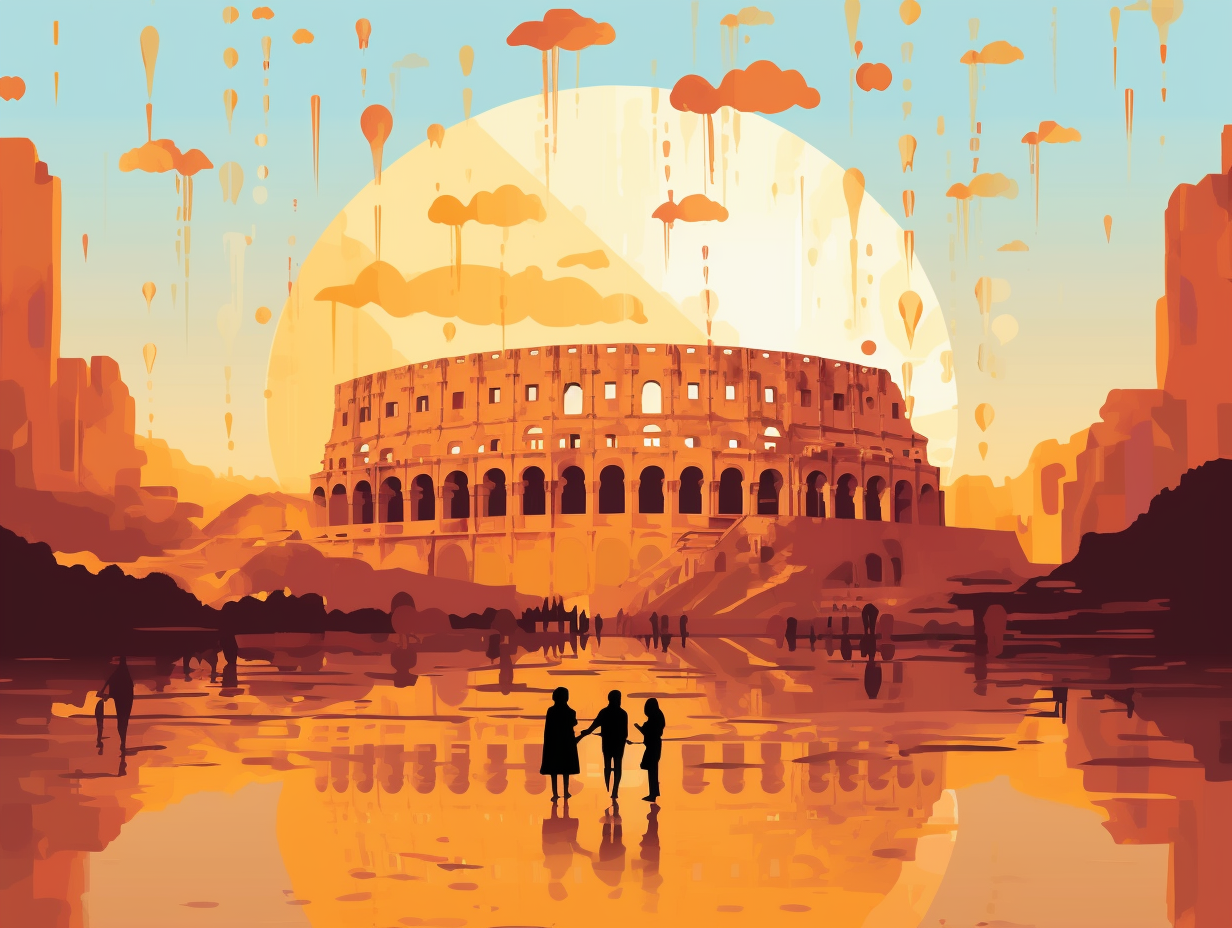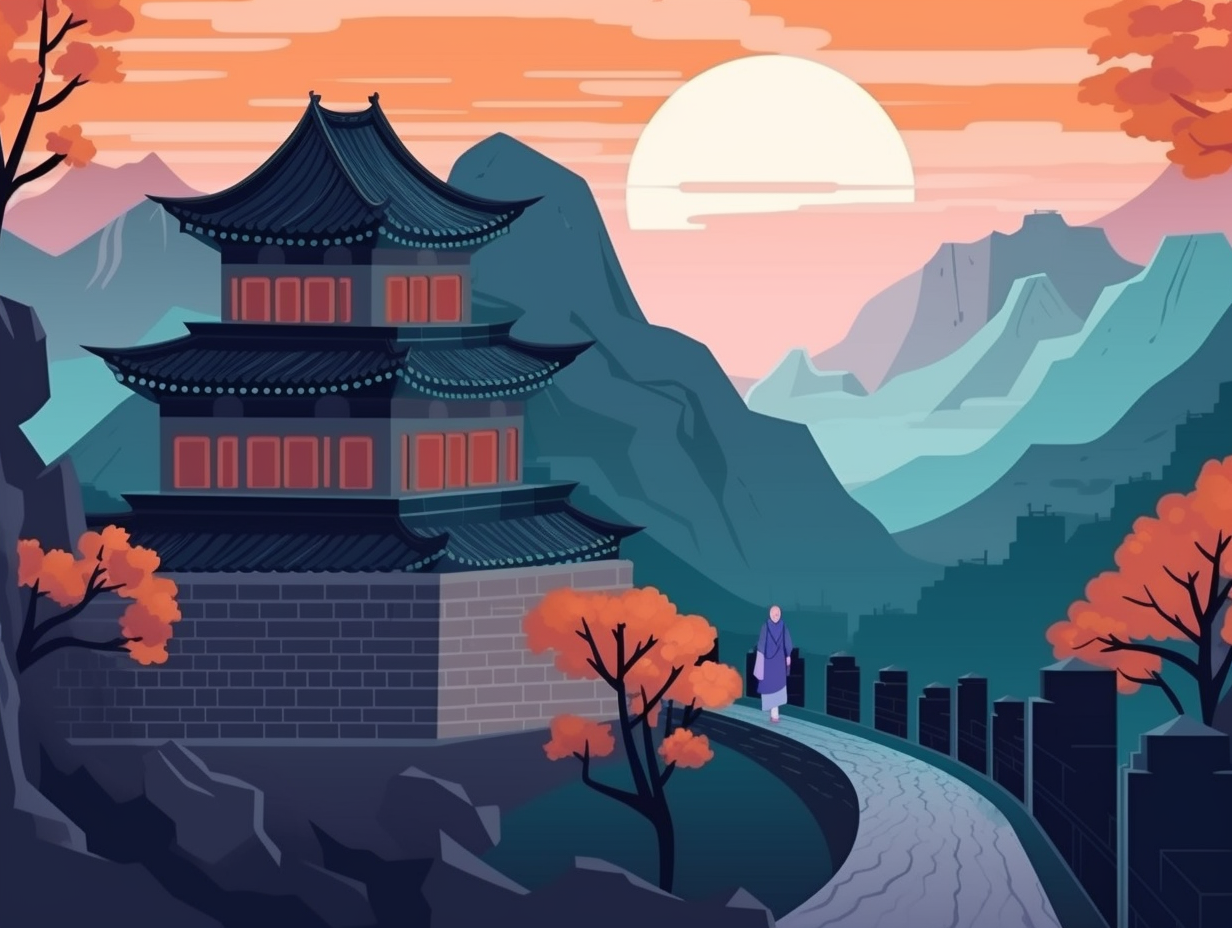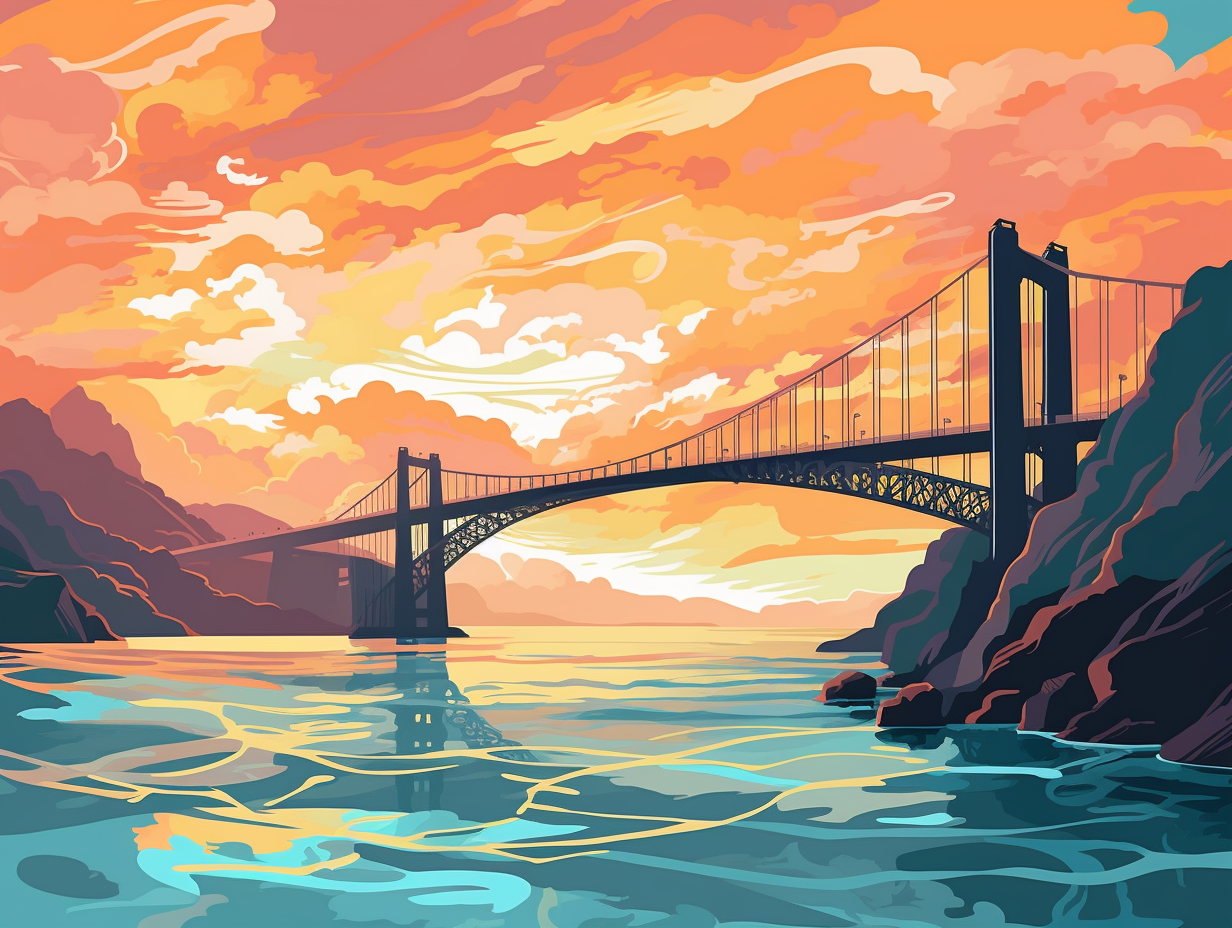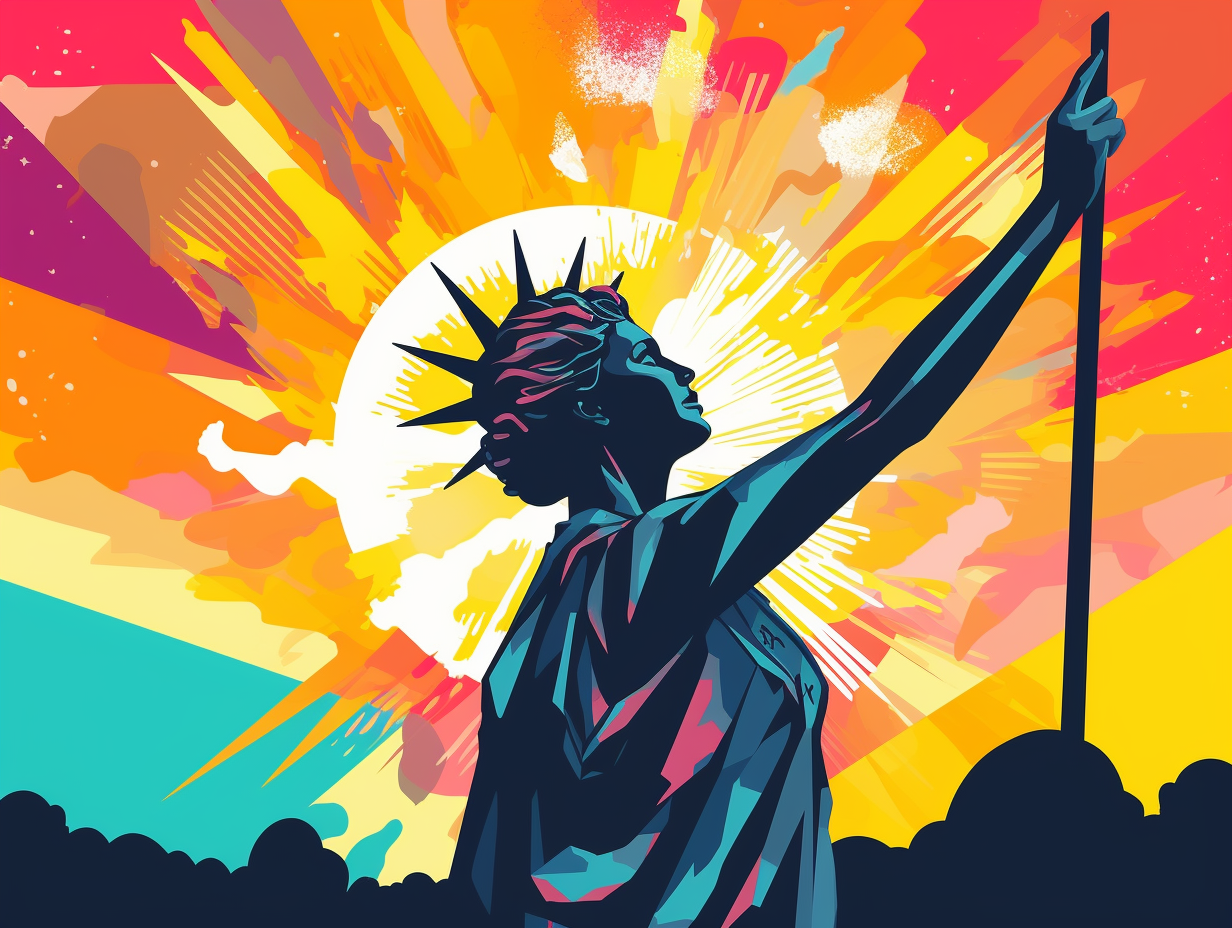Discover the Brandenburg Gate: 12 Astonishing Fun Facts You Never Knew About This Iconic Parisian Landmark
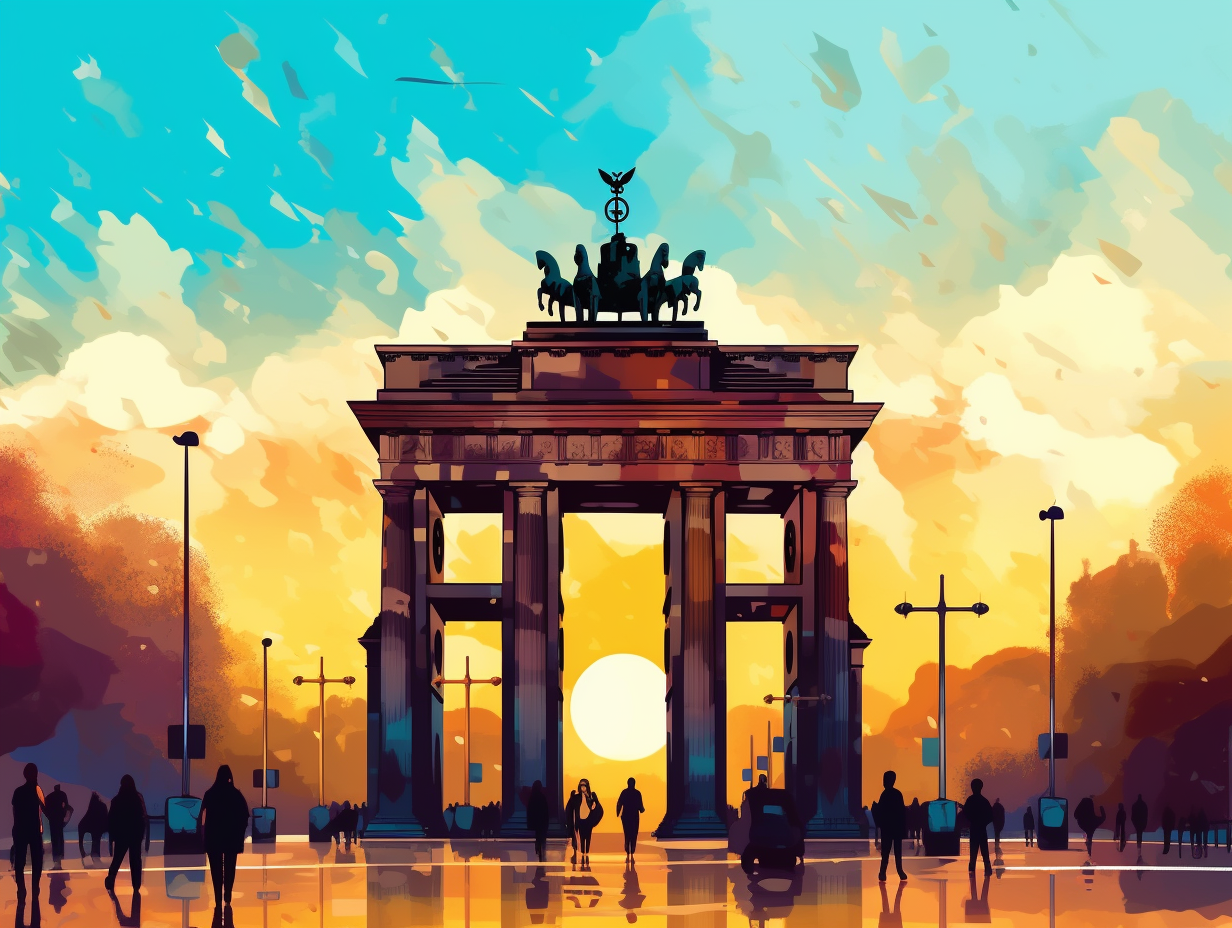
1. Ode to Freedom Concert
When Beethoven's "Ode to Joy" got an all-access pass to the Freiheit party: In 1989, after the Berlin Wall fell, American conductor Leonard Bernstein orchestrated a magnificent performance of Beethoven's Ninth Symphony at the Brandenburg Gate. He replaced the word "Freude" (joy) with "Freiheit" (freedom), creating an "Ode to Freedom" sung by East and West German choirs. The concerts, witnessed by tens of thousands, marked an emotional milestone in the reunification of Germany.
Source => history.com
2. Miss Tall-enormous Germany
If Brandenburg Gate were to enter a beauty pageant, it would most certainly win the Miss Tall-enormous Germany title: Standing proudly at 26 meters high, it not only reigns as one of Germany's most iconic landmarks but also as Berlin's loftiest monument, symbolizing the city's rich history and unity.
Source => en.wikipedia.org
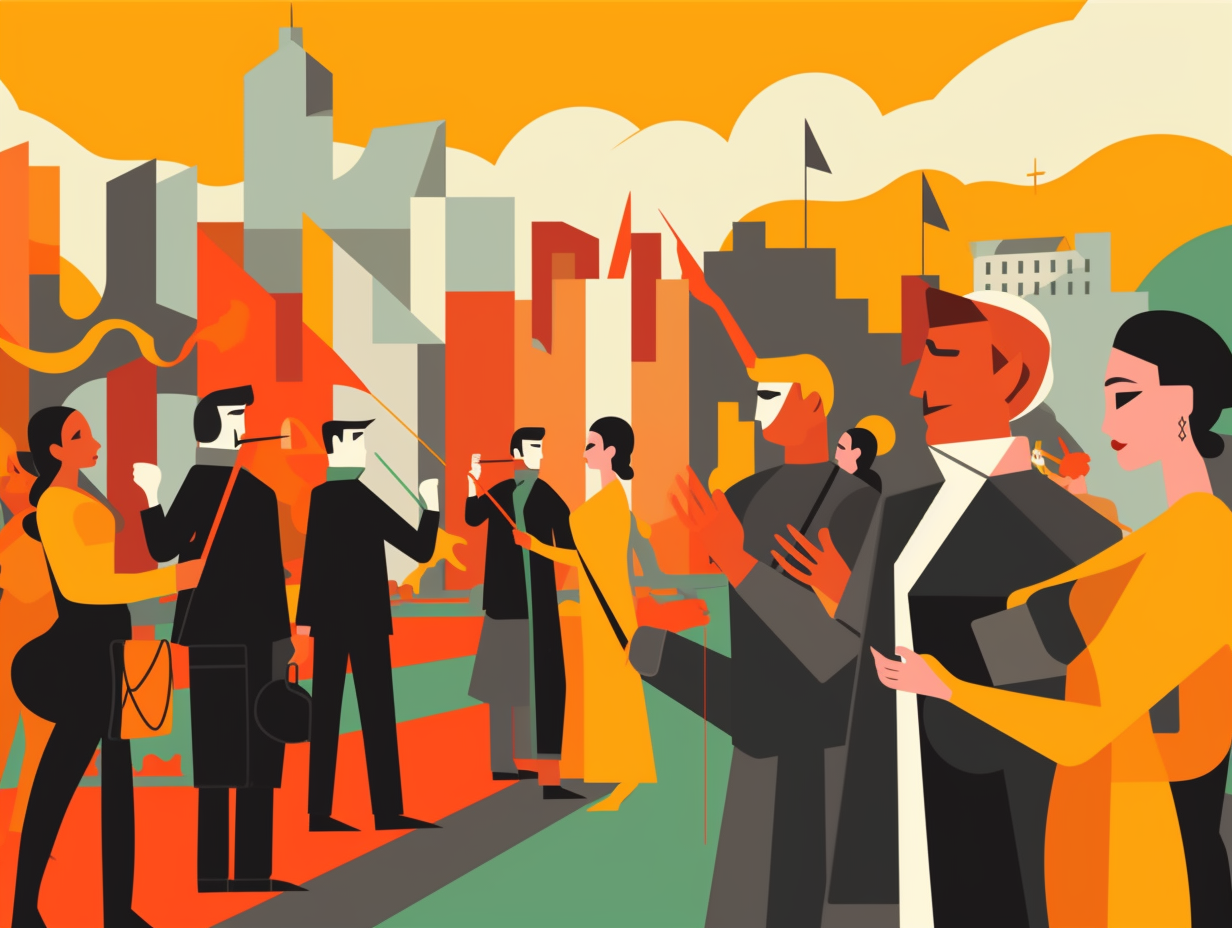
Did you know the Berlin Wall was a vibrant canvas for graffiti artists and political messages on the West side, while the East remained blank and somber? Discover more about this "Wall of Art"!
=> Fun Facts about The-Berlin-Wall
3. Unity and Peace Symbol
Where walls fail and gates prevail: The Brandenburg Gate stands tall as a beacon of unity and peace since the Berlin Wall came tumbling down in 1989, hosting the groundbreaking speech by West German Foreign Minister Hans-Dietrich Genscher, and serving as the stunning backdrop for history-making peaceful protests that truly transformed the German nation.
Source => en.wikipedia.org
4. Restricted East Berlin Views
Talk about getting just a taste of freedom: During the Cold War, East Berliners could only view the Brandenburg Gate from a tiny platform or occasionally stroll through it during special events when East German officials permitted short visits to West Berlin.
Source => en.wikipedia.org
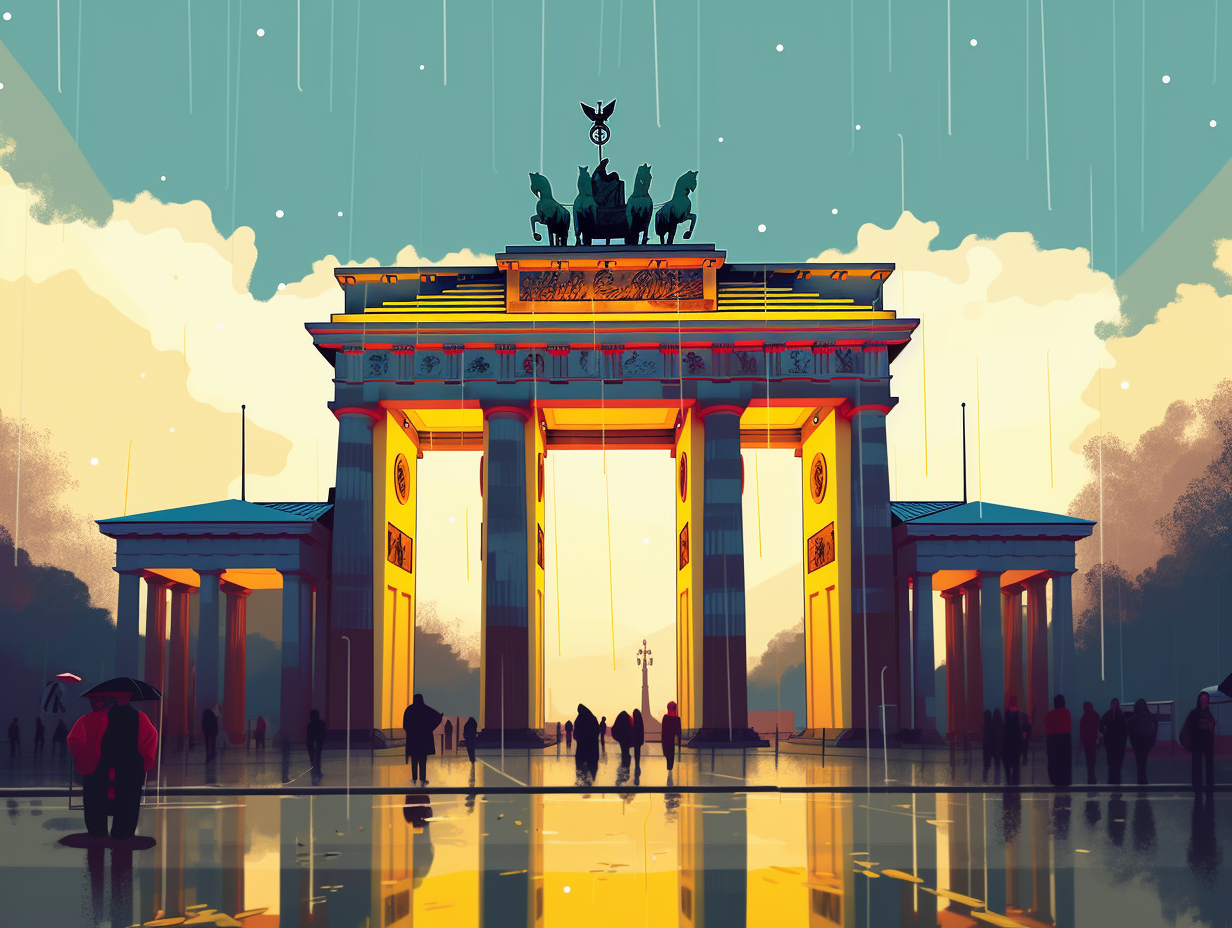
5. The Gate's Complicated Status
If you think relationships are complicated, imagine being the Brandenburg Gate – caught in a never-ending "it's complicated" status with both sides of the Berlin Wall: For years, this neoclassical wonder found itself in the no man's land between East and West Germany, unable to mingle with either party during the Cold War. But cupid struck in 1989 as the fall of the Berlin Wall transformed it into a symbol of love, unity, and togetherness. Since then, it's witnessed epic speeches like the one by U.S. President Ronald Reagan in 1987 when he asked to romantically "tear down this wall." Presently, love-struck tourists visit the gate to embrace the wild history of this architectural Cupid.
Source => reaganlibrary.gov
6. From Nazis to Reunification
If the Brandenburg Gate could talk, it would certainly say "I did Nazi that coming!": Once bedecked with the red flags of the Nazi party, it served as a symbol for their message through the Athenian relief sculptures portraying the victory of civilized men over barbaric nonhuman creatures, only to survive World War II and witness Germany's reunification.
Source => cyark.org
7. Quadriga's Romantic Adventures
The Brandenburg Gate's Quadriga wasn't always ridin' solo, swiping left on Napoleon and swiping right on Berlin: This celestial chariot was stolen by Bonaparte himself and taken to Paris, only to return home in 1814 sporting a flashy iron cross - symbolizing Prussian triumph over France - which was removed during the Communist era, but eventually made a grand comeback in 1990 when Germany was reunified.
Source => history.com
8. Eco-friendly Disco Gate
If you thought disco fever died in the '70s, think again — because the Brandenburg Gate has been throwing its own eco-friendly light show every night since 2002: With LED lights installed for energy conservation and reduced carbon emissions, this iconic Berlin landmark not only saves the planet but also looks utterly fabulous in the process.
Source => 2022.festival-of-lights.de
9. Horse Breaks and Makeovers
You know what they say – you can't have a Quadriga without breaking a few horses (okay, maybe no one says that): The Brandenburg Gate had a bumpy ride during World War II, resulting in the iconic chariot and steed sculpture needing some serious restoration post-war.
Source => berlin.de

10. Relationship Status: Complicated
Did you hear? The Brandenburg Gate used to be Berlin's own "relationship status on Facebook": complicated! Seriously though: The Gate served as a symbol of division during the Cold War, with the Berlin Wall standing just a few meters away, dividing East and West Berlin for nearly 30 years. Today, it celebrates peace, unity, and freedom, with the Quadriga statue at the top honoring the Greek goddess who embodies these values.
Source => interestingengineering.com
11. Napoleon's Quadriga Heist
You know what they say, "When in Rome, do as Napoleon did to Berlin": Napoleon pilfered the Quadriga, the iconic statue atop the Brandenburg Gate, and displayed it in Paris for almost a decade until it was finally returned to its rightful home. As a symbol of Prussia's victory over France, they added an iron cross to the statue, but it was temporarily removed during communism and only made a triumphant return during Germany's reunification in 1990.
Source => history.com
12. Victoria's Iron Cross Secret
It turns out the Brandenburg Gate's very own Victoria's Secret isn't just her stunning good looks; she's also sporting a cheeky little iron cross as a symbol of victory: After Napoleon's troops initially swiped the statue, the piece was returned to Berlin with an added iron cross to commemorate Prussia's triumph over France. The symbol took a brief hiatus during the Communist era but made a fabulous comeback in 1990 during the unification of Germany.
Source => history.com
Related Fun Facts

